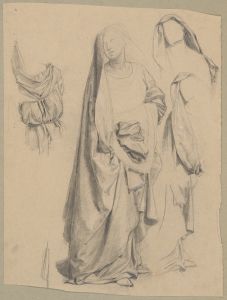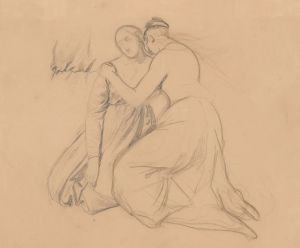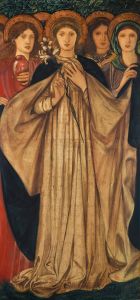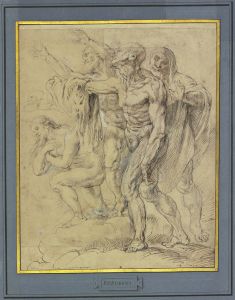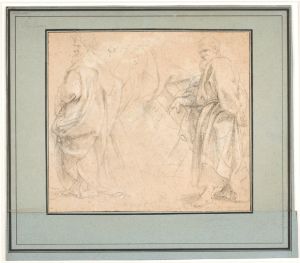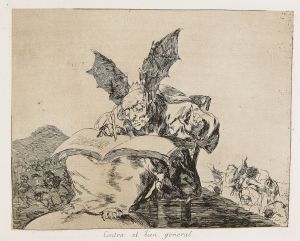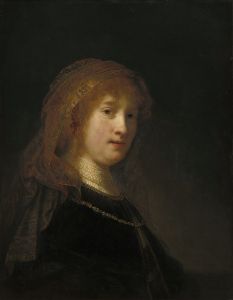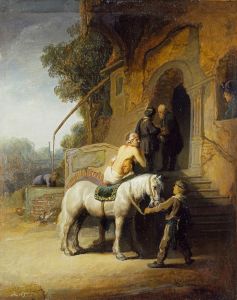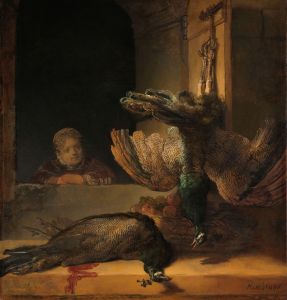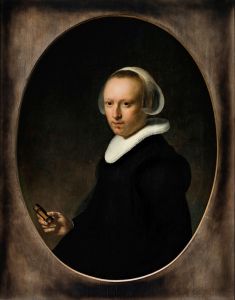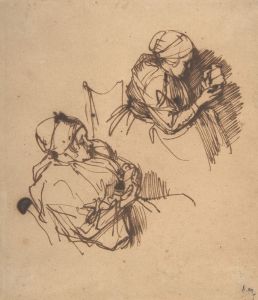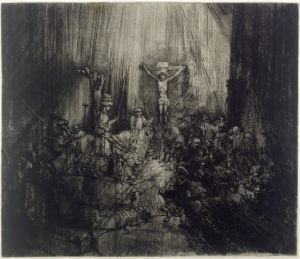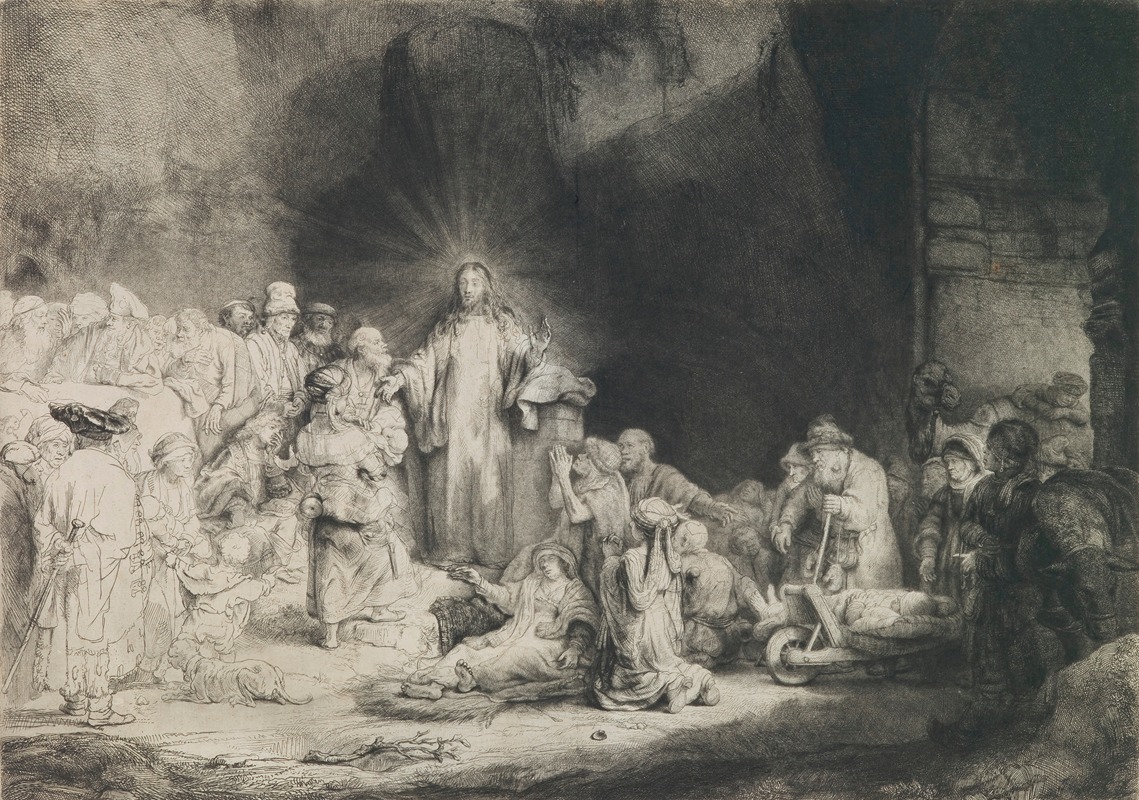
The Hundred Guilder Print
A hand-painted replica of Rembrandt van Rijn’s masterpiece The Hundred Guilder Print, meticulously crafted by professional artists to capture the true essence of the original. Each piece is created with museum-quality canvas and rare mineral pigments, carefully painted by experienced artists with delicate brushstrokes and rich, layered colors to perfectly recreate the texture of the original artwork. Unlike machine-printed reproductions, this hand-painted version brings the painting to life, infused with the artist’s emotions and skill in every stroke. Whether for personal collection or home decoration, it instantly elevates the artistic atmosphere of any space.
The Hundred Guilder Print is an etching by the renowned Dutch artist Rembrandt van Rijn, created around 1649. This artwork is considered one of Rembrandt's masterpieces in the medium of etching and drypoint, showcasing his exceptional skill in capturing intricate details and profound human expressions.
The print's title, "The Hundred Guilder Print," is derived from the high price it fetched during Rembrandt's lifetime, which was 100 guilders—a significant sum at the time. The actual title of the work is "Christ Healing the Sick," and it depicts several scenes from the Gospel of Matthew, specifically chapters 19 and 20. The composition illustrates various moments from the life of Christ, focusing on his acts of healing and compassion.
In the etching, Rembrandt masterfully combines multiple biblical episodes into a single, cohesive scene. At the center, Christ is portrayed with an aura of calm and authority, surrounded by a diverse group of people seeking his help. The figures include the sick, the elderly, mothers with children, and the rich young man, each rendered with remarkable attention to detail and emotional depth. Rembrandt's use of light and shadow, known as chiaroscuro, enhances the dramatic effect and guides the viewer's eye through the composition.
The Hundred Guilder Print is notable for its large size, measuring approximately 28 x 39 cm (11 x 15 inches), which is relatively large for an etching of that period. Rembrandt's technique in this print is particularly sophisticated, combining etching with drypoint to achieve a rich variety of textures and tones. The artist's ability to depict the subtleties of human expression and the play of light and shadow is evident in this work, making it a prime example of his genius in printmaking.
The print's composition is divided into several distinct groups, each telling a part of the story. On the left, Christ blesses the children, while on the right, he heals the sick and the lame. The rich young man, who turns away sorrowfully after being told to sell his possessions and follow Christ, is depicted in the background. This arrangement allows Rembrandt to convey multiple narratives simultaneously, creating a dynamic and engaging scene.
Rembrandt's use of drypoint in the Hundred Guilder Print adds to the depth and richness of the image. Drypoint involves incising lines directly into the printing plate with a sharp needle, creating burrs that hold ink and produce velvety, dark lines. This technique, combined with etching, allows for a wide range of tonal variations, from deep blacks to delicate grays, contributing to the print's overall impact.
The Hundred Guilder Print has been highly regarded since its creation and remains one of Rembrandt's most celebrated works. It exemplifies his mastery of printmaking and his ability to convey complex narratives and emotions through his art. Today, the print is held in several major museum collections around the world, including the Rijksmuseum in Amsterdam and the British Museum in London, where it continues to be studied and admired by art historians and enthusiasts alike.





